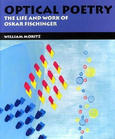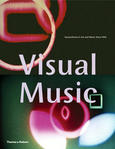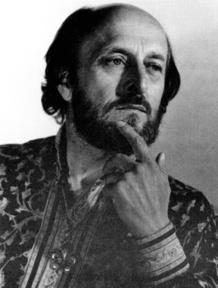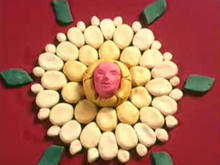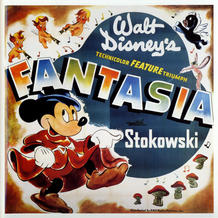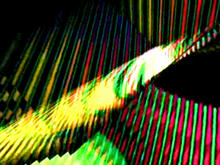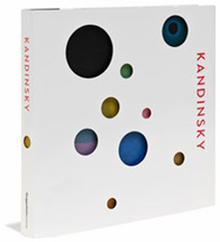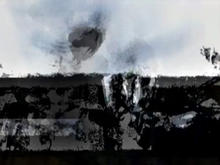Gumbasia
(1955)by Art Clokey consists of animated clay shapes contorting to a jazz score. The title Gumbasia is an homage to Walt Disney's Fantasia.
Art Clokey created Gumbasia while studying at the University of Southern California under the direction of Slavko Vorkapić. It was a surreal short of pulsating lumps of clay set to music in a parody of Walt Disney's Fantasia. Gumbasia was created in a style Vorkapich taught called Kinesthetic Film Principles. Described as "massaging of the eye cells" this technique, based on camera movements and stop-motion editing, is responsible for much of the look and feel later seen in Gumby films. When Clokey showed Gumbasia to movie producer Sam Engel in 1955, Engle decided to fund a 15-minute short film that became the first Gumby episode – Gumby Goes to the Moon.
Source: Wikipedia

